March marks Women’s History Month, a time dedicated to celebrating the important contributions of women throughout history and recognizing their ongoing achievements today.
This year’s theme for Women’s History Month emphasizes “Women Who Advocate for Equity, Diversity, and Inclusion,” honoring those who strive towards a fair and positive future. To that end, women have achieved significant strides towards equality in the field of science, so we want to highlight a few remarkable women who have impacted blood science throughout history.
 Winifred Mayer Ashby
Winifred Mayer Ashby
One of the most notable women in blood science, Winifred Mayer Ashby was born in 1879. Her efforts significantly advanced the scientific field for both women and blood transfusion patients.
She held several positions in education and research in the U.S. and the Philippines before beginning her time at Mayo Clinic. At Mayo, she was awarded the Fellowship Training Award in pathology and immunology, and developed the Ashby technique to help scientists understand erythrocyte physiology. Dr. Ashby tested conditions in healthy individuals to patients with varying diseases, and eventually was the first person to clarify that the lifespan of a human red blood cell (RBC) is about 100 days. This shocked the science community. She was then able to use this information to study anticoagulants used in blood transfusions to prolong the amount of time blood could stay viable during transport – something we are still benefiting from today!
Winifred Mayer Ashby lived until 95 years old, leaving the world a better place and forever changing science.
 Judith Graham Pool
Judith Graham Pool
Judith Graham Pool was born in 1919 in Queens, New York, N.Y. and spent her career transforming the treatment of bleeding disorders, particularly hemophilia. By isolating Factor VIII (blood-clotting protein deficient in patients with hemophilia) from human plasma, Dr. Pool was able to create a frozen blood product named cryoprecipitate. Just a year into her research fellowship at Stanford, she published her first paper on hemophilia.
She later became a professor and served on advisory committees for organizations including the National Institutes of Health and the National Hemophilia Foundation. Dr. Pool pioneered improved opportunities for women in science, serving as co-president for the Association of Women in Science and the founding chair of the Professional Women of Stanford University Medical Center. She will forever be a hero in our eyes!
 Lucy Bryce and
Lucy Bryce and
Marjorie Bick
Dr Bryce was the founding director of Australian’s first blood service. During World War II, she was invited to the U.S. to study developments in blood transfusion alongside Marjorie Bick, a biochemist whose research discovered a direct correlation between the platelet count of human blood.
Together, their research offered methods to the packing and shipping of plasma and whole blood that was to be sent into war zones.
 Ruth Sanger
Ruth Sanger
Most known for her work on red cell antigens and genetic mapping, Dr. Sanger was an expert in blood typing and established the basis for Rh factors in blood groups.
She was the director of the Medical Research Council’s Blood Group Unit at Lister Institute of Preventative Medicine. She published a series of papers and co-authored six editions of a leading book on blood work, called Blood Groups in Man. She was member of the International Society of Blood Transfusion, and we are grateful that her dedicated work helped make blood transfusions safer for patients across the world.
We Are Blood admires the tremendous efforts from female scientists whose work has optimized the blood donation and transfusion process.
We Are Blood celebrates the women who made the remarkable achievements mentioned above, but also for every individual that supports us daily. We’d like to take this chance to honor all the female donors, volunteers, and staff who play a crucial role in achieving our mission and keeping the community blood supply safe.
In honor of all the women who have helped us get to where we are now, thank you. May you continue to feel appreciated this Women’s History Month and every day after.


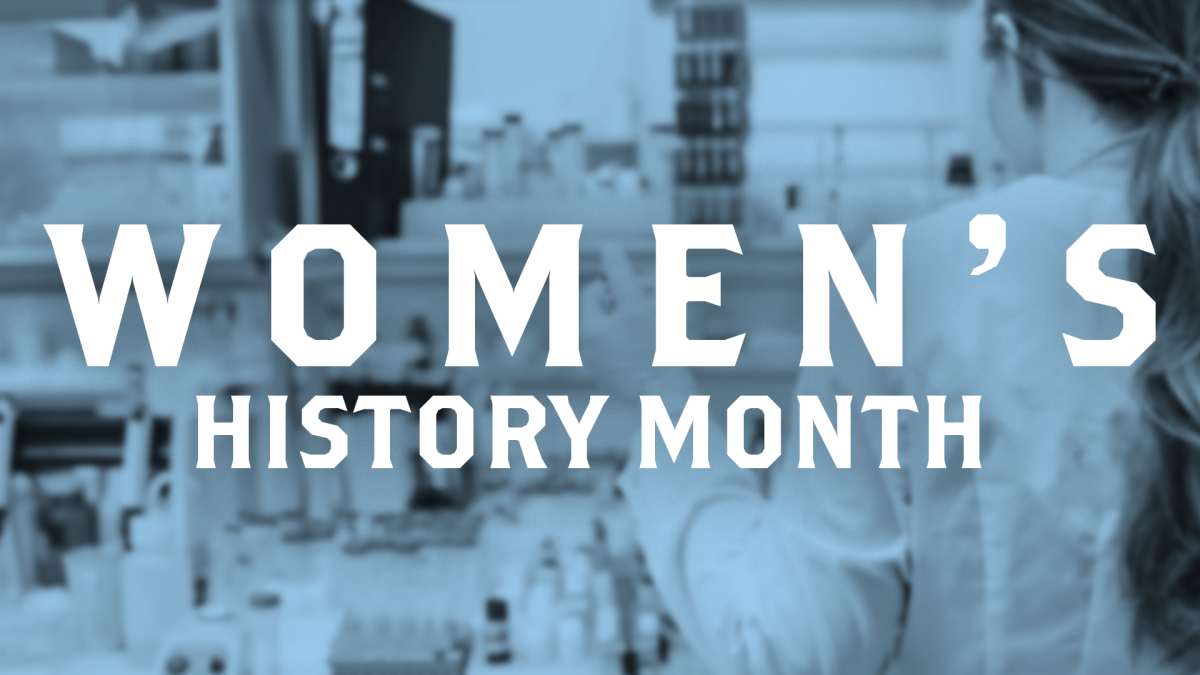
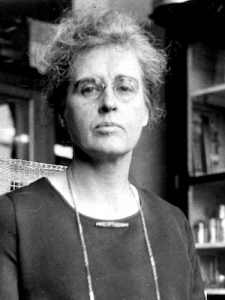 Winifred Mayer Ashby
Winifred Mayer Ashby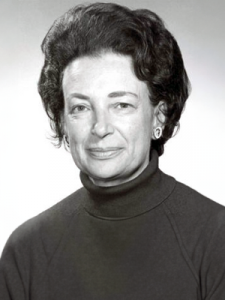 Judith Graham Pool
Judith Graham Pool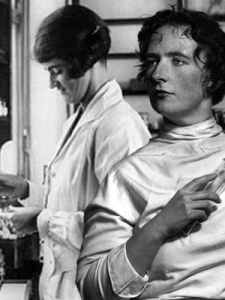 Lucy Bryce and
Lucy Bryce and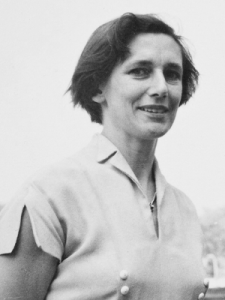 Ruth Sanger
Ruth Sanger